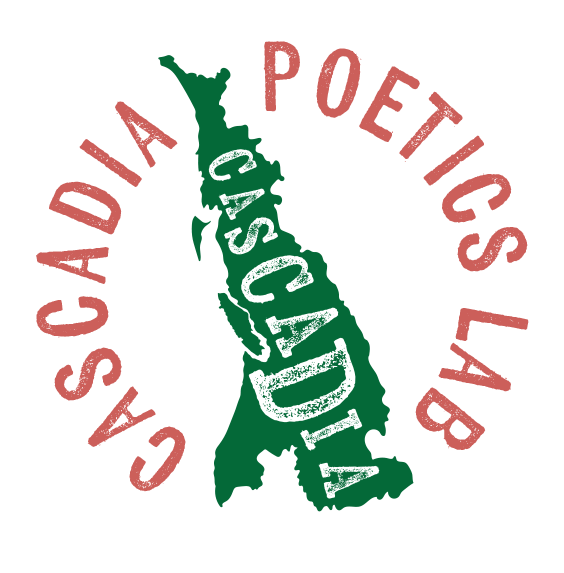Phrase Acrostic (pdf here)
Here is a great example of an exercise that allows the mind to write organically by keeping the logic/reasoning left brain focused on the form while the right brain runs with wild leaps & associations the left brain would frown upon. Here’s how it works: Start by writing a phrase one word at a time down the left margin. In the two following examples, I used an American Sentence (17 syllable poem) to get going:

The idea in writing the poem is to write something beyond/different from the starter phrase; to give it more depth, or even change the meaning/content. You may start with a line from someone else’s poem. As you start off with an image or line spurred on by the first word, you have to change gears and incorporate the first word on the next line, which allows for something different than what your usual writing mind might have conjured. This is one great feature of fixed forms, they force your mind into different associations. Notice in both poems that some lines are only one word, the word which was there from the beginning in those particular lines. If you subscribe to the notion of the poem on the page is a score for reading it out loud, this will give those passages a little extra emphasis. This is not unlike calligraphy, or Michael McClure’s poems which often have passages that read down the page.
The poem is limited to the space you have for each line and the lines determined by the phrase you started with, so it often prevents the rambling, one of the drawbacks of writing in open forms.
(Other example poems: September’s Search for Duende and Letter 13: Plum Stain.)
peN – 12.5.08

